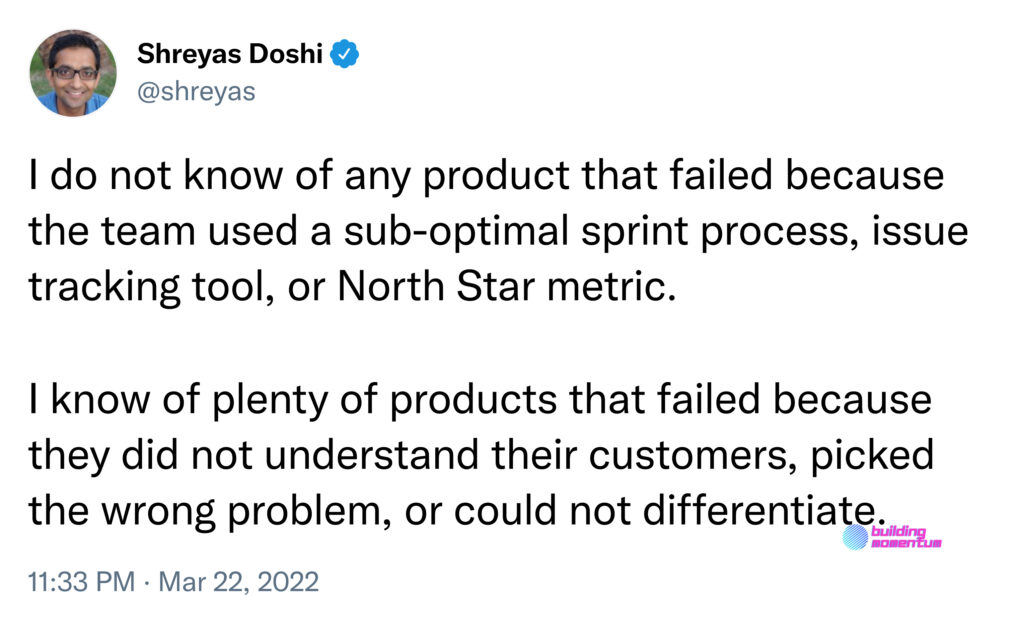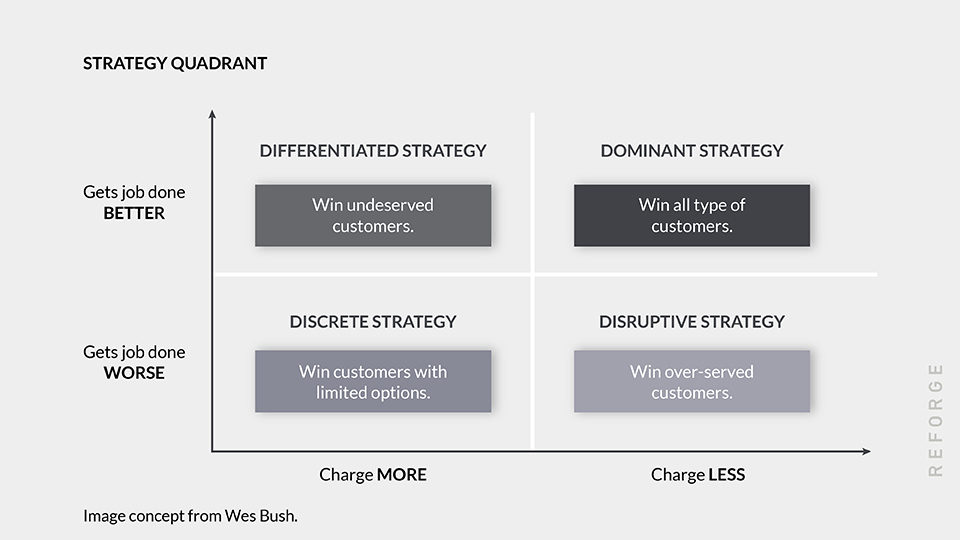The Overview #44
Hey there. This is The Overview, a weekly roundup of noteworthy B2B SaaS stuff. You’ll find interesting thoughts, articles, and more from around the internet.
SPONSORED
This Newsletter is Sponsored by 42 AGENCY
A plug-and-play demand generation agency for scaling B2B SaaS. Whether you’re building a demand generation function from scratch or scaling what you already have, our team has the paid marketing and ops know-how to help you quickly acquire more customers, for less. Visit us at https://www.fourtytwo.agency/ to learn more.
In this post:
There’s no time like the present

If you’ve had a long week… maybe this might help. Today is the youngest day of the rest of your life. What have you been putting off? What have you been scared to try? Can you get started now?
Strategic principles should drive behavior
A+ use of a meme. Strategy is not goals. It’s not targets.
Strategy is the principles you’ll move forward, to take you from where you are to where you want to be. These principles have to define way you work with your team, the way you’ll make decisions, and the way you’ll execute.
Absolutely read Good Strategy, Bad Strategy. Understand the strategy process mistakes you’ve made, the strategy theatre you’ve engaged in. And then get better.
No silver bullets, only iron ones
There’s so many shiny thing. New best practices, the latest tech, the hottest trend that your CEO says you should jump on. The small rocks.
That’s all moot unless you’ve got a great, deep understanding of your customers. Unless they’ve got a problem they’re burning to solve. Unless you can stand out from the crowd. These are big, mountainous decisions.
What are you focusing on: the small rocks, or the big mountains?
Swipe File: Is your product strategy dominant, differentiated, or disruptive?
???? When you become a free Building Momentum subscriber, you get access to my exclusive product marketing swipe file! Click here to find out more.
This matrix from Wes Bush is great to help you understand whether your product strategy is…
- Dominant — The product does something much better than the market (Netflix, Uber, Shopify). It is able to charge significantly less and take a large share of the market.
- Differentiated — The product carves out a niche where the dominant market leader is underserving its users in a particular area. This strategy limits the total market size but allows a product to can charge more for its service.
- Disruptive — The product that may be simpler or inferior to the market leader, but which charges much less (Google Docs, Udacity, Wave). This works when the industry is overserving users with a more expensive, complicated product.
And accordingly, whether you can charge more or less than your competitors.
Thanks for reading! Let me know what you thought – find me on Twitter and LinkedIn.
P.S. If you’ve found value in Building Momentum, could you buy me a coffee? Here’s my tip jar – any support is gratefully appreciated!
P.P.S: If you enjoyed this post, will you share Building Momentum with your network?





